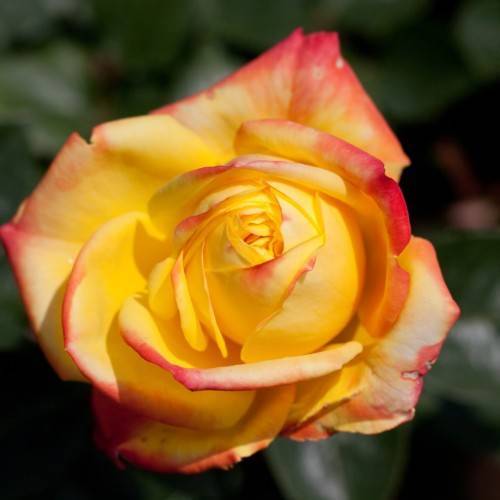
large-flowered climbing rose
Rosa 'Meizalitaf' SPECTRA
Cycle:
Perennial
Watering:
Average
Hardiness Zone:
5 - 9
Flowers:
Flowers
Sun:
Full sun
Leaf:
Yes
Growth Rate:
High
Maintenance:
Moderate
Care Level:
High
watering
Water your large-flowered climbing rose (Rosa 'Meizalitaf' SPECTRA) regularly during the growing season in order to give it the best chance of success. Water deeply and thoroughly about twice a week, allowing the soil to become almost dry between each watering. In hot weather, you may need to do this more frequently to keep the rose from drying out. During dry periods, the soil should be kept consistently moist but not soggy. Be sure to water the rose early in the day so the foliage will have time to dry out before evening.
sunlight
The large-flowered climbing rose should receive at least 6 hours of direct sunlight each day. It is best to place the rose plant in a sunny location with protection from strong winds. Full sun exposure is important as it will help the rose produce more blooms. However, it is important to avoid too much direct sunlight, as it can scorch the leaves and damage the blooms. If the rose is exposed to midday or afternoon sun, it is best to provide some kind of shade structure or sun protection. In addition, when planted in the summer months, it is best to give the plant some shade in the early morning to prevent sunburn.
pruning
Large-flowered climbing roses are best pruned in late winter (January/February) when the plant is dormant. Remove dead, diseased, and damaged wood, as well as any weak growth. Cut back the canes by about 1-third to maintain an open center and encourage new growth. Thin out any overly congested areas, and selectively prune stems that have flowered to encourage new flowering growth. Pruning should be done on an ongoing basis with deadheading, removal of spent flowers, and light pruning throughout the growing season.
